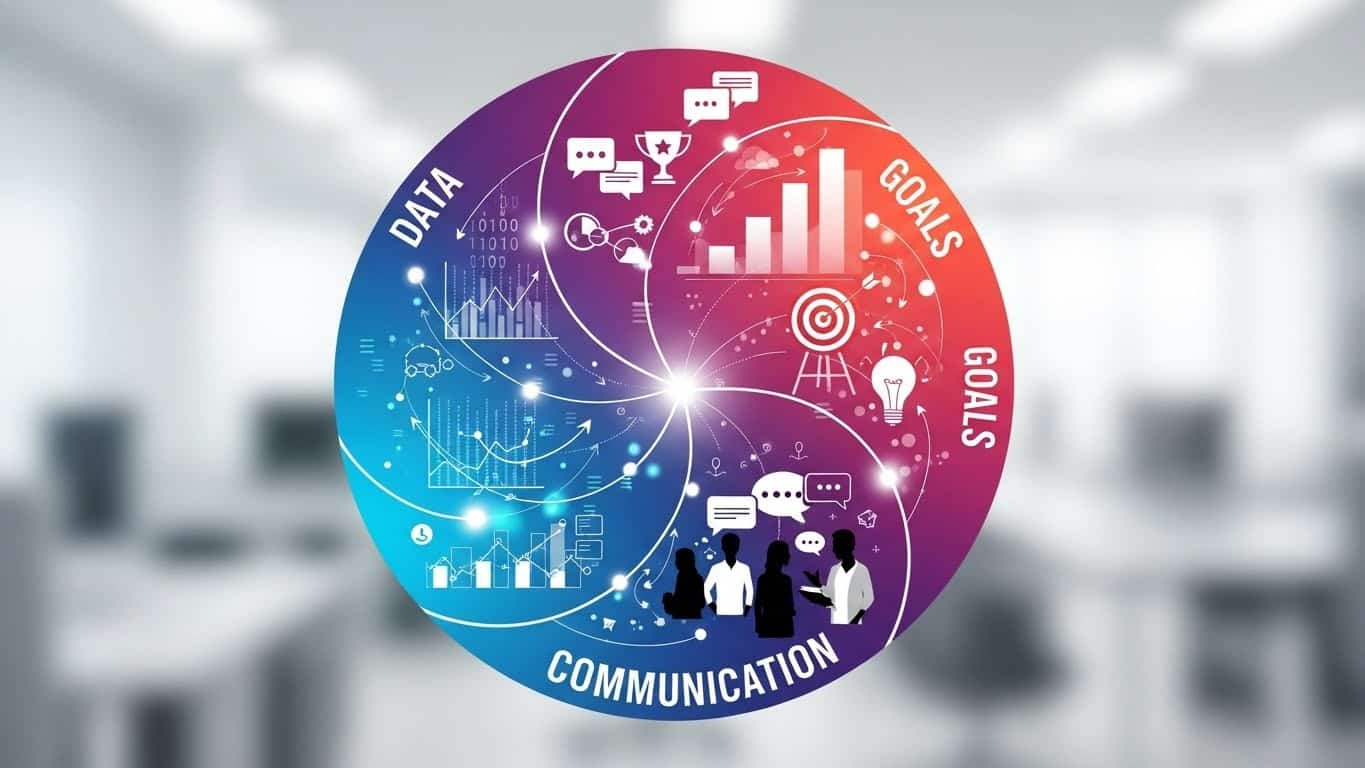Succeeding and Failing: Lessons from Both Sides of the Coin
Success in business is thrilling. But failure? It’s inevitable. What sets thriving companies apart isn’t just their ability to succeed but how they handle the flip side of that coin: failure. Let’s unpack the lessons from both sides, and how to leverage them for strategic growth.
Embrace the Reality: Failure Isn’t Optional
If you’ve been in business long enough, you know that failure is part of the journey. Think of it as the tuition you pay to the school of experience. Reid Hoffman, co-founder of LinkedIn, said it best: “If you are not embarrassed by the first version of your product, you’ve launched too late.” Failure isn’t just possible—it’s necessary. It’s how you respond to it that makes all the difference.
Take the example of Airbnb. Initially rejected by seven investors, its founders persevered, learning from each “no” to refine their pitch and product. Today, Airbnb is a multibillion-dollar company. The key takeaway? Failure provided the feedback they needed to succeed.
Analyze and Adapt: Learning from Failure
Post-mortems aren’t just for projects that go south. They’re crucial for every initiative, successful or not. Conducting a thorough analysis after a failure allows you to identify the root causes and avoid repeating the same mistakes.
When Ford introduced the Edsel in 1957, it was one of the biggest flops in automotive history. Ford could have chalked it up to bad luck and moved on, but instead, they dug deep to understand what went wrong. Poor market research and an overcomplicated design were just a few of the factors they uncovered. Ford took these lessons to heart, leading to the development of the Mustang, one of their most iconic and successful cars.
Learning from failure requires humility and a willingness to ask tough questions. But it’s these questions that pave the way for innovation and resilience.
Celebrate and Scale: Leveraging Success
Success, on the other hand, is often taken for granted. But just as failure needs to be dissected, so too does success. When something works, you need to know why it worked so you can replicate it and scale.
Southwest Airlines is a prime example of scaling success. Their low-cost model wasn’t just a fluke—it was the result of rigorous testing and an understanding of what their customers valued most. By consistently refining and scaling this model, Southwest transformed from a small regional airline into one of the most profitable in the industry.
Success, when understood and leveraged correctly, becomes a blueprint. It’s the foundation upon which future growth is built. But remember, what works today may not work tomorrow. Continuous evaluation and adaptation are key.
Balance is Key: Walking the Fine Line
It’s tempting to view success and failure as opposites, but in reality, they’re interconnected. Balancing the lessons from both is crucial for long-term growth.
As Jim Collins points out in Good to Great, “The good-to-great companies understood a simple truth: how to turn adversity into advantage.” They didn’t shy away from failure or bask in their successes for too long. Instead, they balanced the lessons from both, which allowed them to pivot when necessary and capitalize on opportunities as they arose.
Moving Forward: Strategic Actions for Your Business
- Embrace Failure: Create a culture where failure is seen as an opportunity to learn rather than a setback.
- Analyze Everything: Conduct post-mortems on both successes and failures to uncover valuable insights.
- Scale Success: Identify what works, why it works, and how you can replicate it on a larger scale.
- Balance Both: Keep a finger on the pulse of your business. Know when to pivot, when to push forward, and when to pull back.
By recognizing that success and failure are two sides of the same coin, you empower your business to grow strategically. It’s not about avoiding failure or chasing success blindly—it’s about learning from both, applying those lessons, and continually refining your approach.





